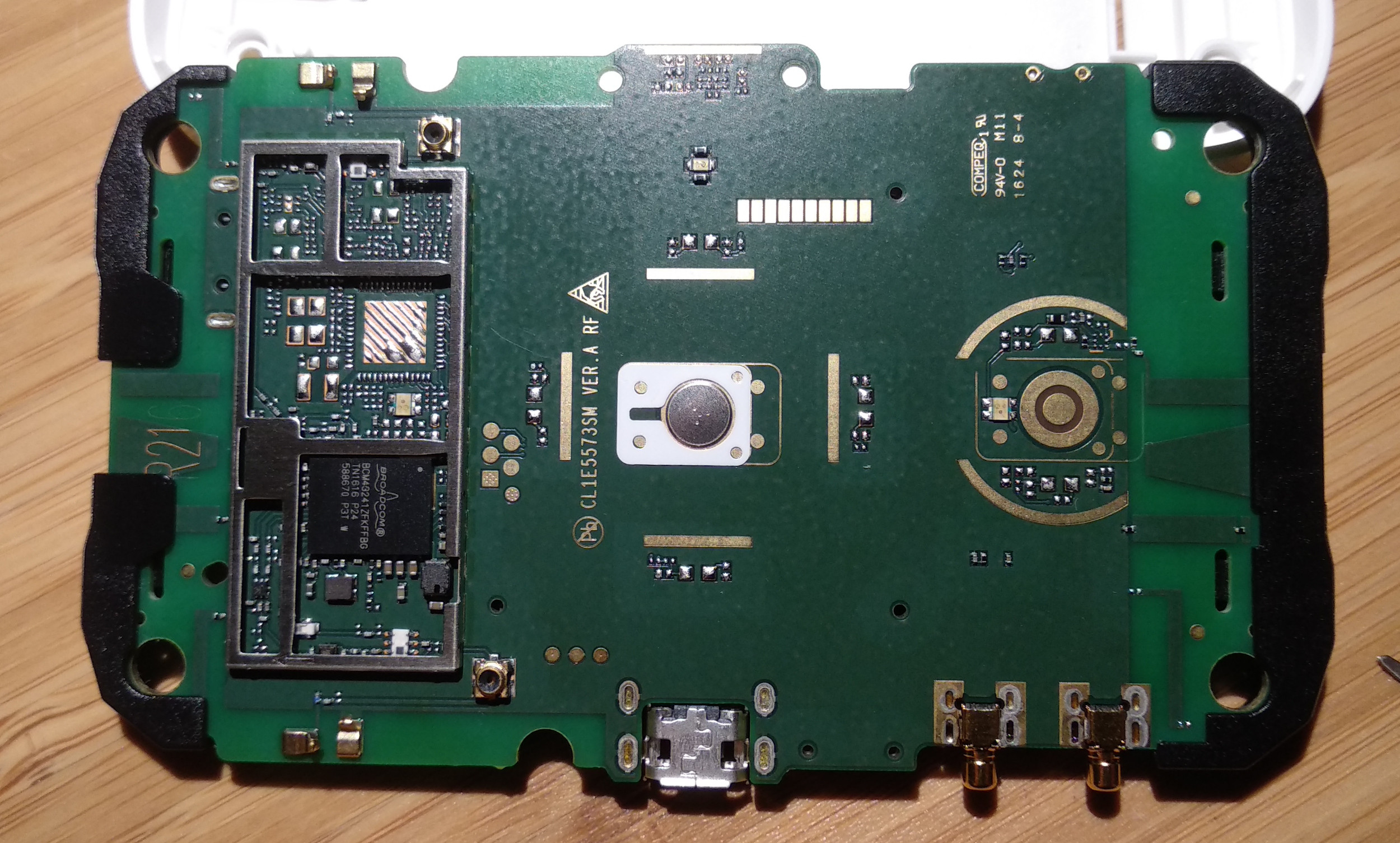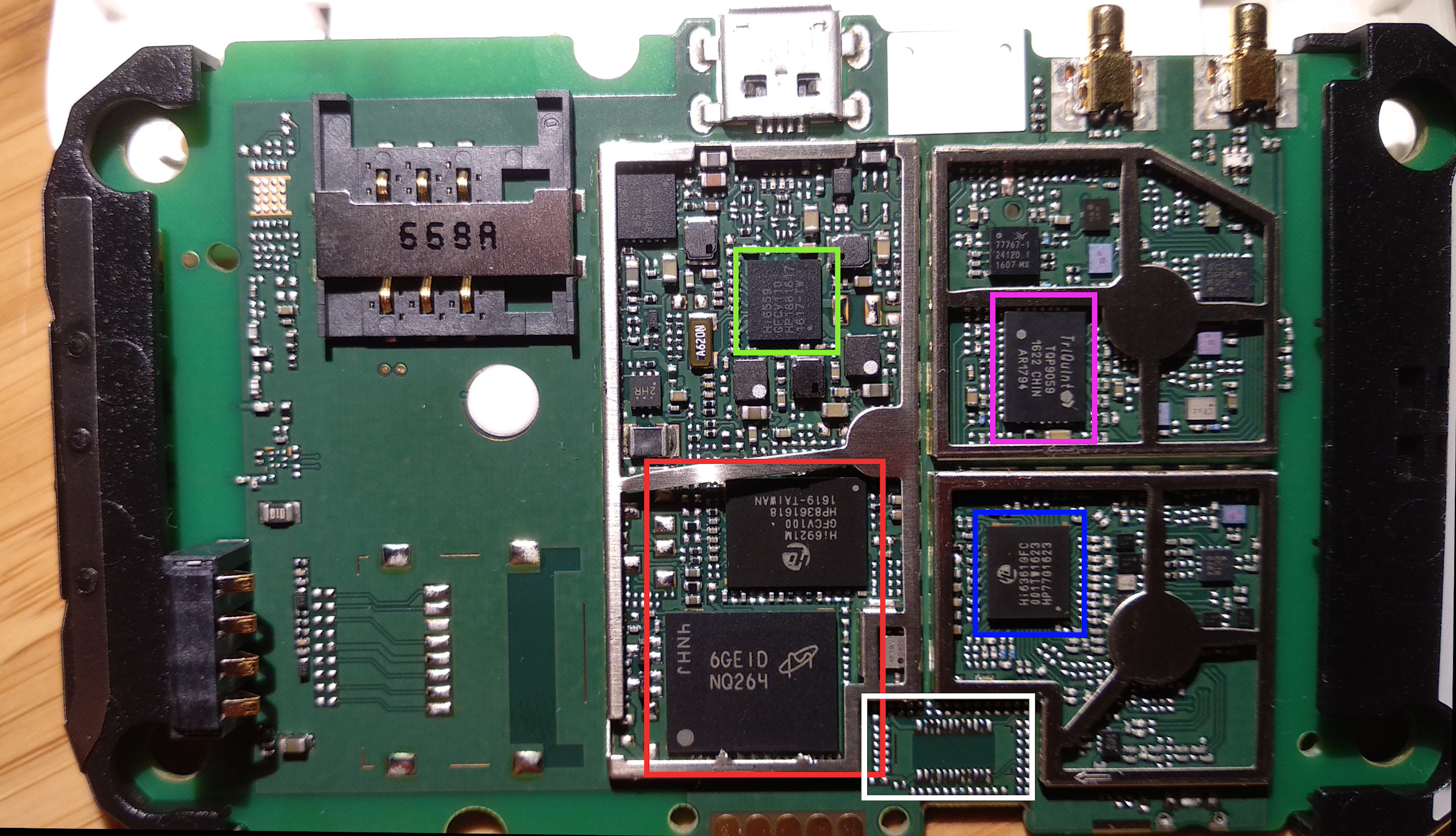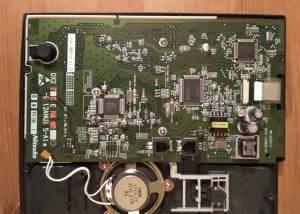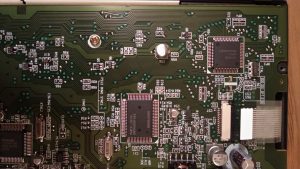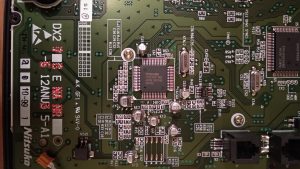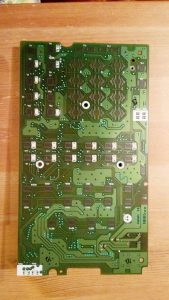Edit: See the next post to use just FEL via USB, (no cheating and using tftp afterwards like we do here)
(Very rough unformatted, just so I don’t lose it)
FriendlyARM NanoPi Duo2 is ~similar enough to a FriendlyARM NanoPi Neo to get started. Later, we’ll work on… later stuff.
I don’t want to go hacking around with sd cards and crap while I’m developing stuff, and FEL mode is great.
So… get a uboot built (2018.11 is what I tested) using “make nanopi_neo_defconfig” (You will almost definitely want to enable “Networking Support->Random ethaddr if unset”
Now, patch sunxi-fel: https://github.com/linux-sunxi/sunxi-tools/pull/117
Now, make an environment file with some helpers…. (you can do this by hand if you like)
#=uEnv
myvar=world
bootcmd=echo "Hello $myvar."
bootargs=console=ttyS0,115200 earlyprintk
serverip=192.168.3.6
resetserver=setenv serverip 192.168.3.6
loadkernel=tftp $kernel_addr_r build_dir/target-arm_cortex-a7+neon-vfpv4_musl_eabi/linux-sunxi_cortexa7//sun8i-h3-nanopi-neo-kernel.bin
loaddtb=tftp $fdt_addr_r build_dir/target-arm_cortex-a7+neon-vfpv4_musl_eabi/u-boot-nanopi_neo/u-boot-2018.05/arch/arm/dts/sun8i-h3-nanopi-neo.dtb
loaddisk=tftp $ramdisk_addr_r
# Running dhcp will reset serverip....
winning=run resetserver && run loadkernel && run loaddtb && bootm $kernel_addr_r - $fdt_addr_r
(the magic variables are reffered to at http://linux-sunxi.org/FEL/USBBoot#Booting_the_whole_system_over_USB_.28U-Boot_.2B_kernel_.2B_initramfs.29)
The magic trick of bootm $kernel_addr_r – $fdt_addr_r I got from extracting the openwrt sdcard image file, and reading the “boot.scr” file in the first partition.
Now, go and build openwrt master
Now, setup a dhcp/tftp server as appropriate for your network.
Now, use (patched) sunxi-fel (fixing udev perms if necessary):
sunxi-fel uboot u-boot-sunxi-with-spl.bin write 0x43100000 my.env
Now, on serial console, use uboot to dhcp an address and run stuff…
dhcp
(ctrl-c to abort the dumb attempts at autofinding an image)
run resetserver
run winning
Now, enjoy the fruits of a whole lot of people’s labour…..
=> bootm $kernel_addr_r - $fdt_addr_r
## Booting kernel from Legacy Image at 42000000 ...
Image Name: ARM OpenWrt Linux-4.14.82
Image Type: ARM Linux Kernel Image (uncompressed)
Data Size: 4013368 Bytes = 3.8 MiB
Load Address: 40008000
Entry Point: 40008000
Verifying Checksum ... OK
## Flattened Device Tree blob at 43000000
Booting using the fdt blob at 0x43000000
EHCI failed to shut down host controller.
Loading Kernel Image ... OK
Loading Device Tree to 49ff9000, end 49fff4b7 ... OK
Starting kernel ...
[ 0.000000] Booting Linux on physical CPU 0x0
[ 0.000000] Linux version 4.14.82 (karlp@beros) (gcc version 7.3.0 (OpenWrt GCC 7.3.0 r8575-a734450d6f)) #0 SMP PREEMPT Mon Nov 26 20:27:17 2018
[ 0.000000] CPU: ARMv7 Processor [410fc075] revision 5 (ARMv7), cr=30c5387d
[ 0.000000] CPU: div instructions available: patching division code
[ 0.000000] CPU: PIPT / VIPT nonaliasing data cache, VIPT aliasing instruction cache
[ 0.000000] OF: fdt: Machine model: FriendlyARM NanoPi NEO
boring bootlog snipped, you know what they look like
From here, we need to move to a real separate device tree for the duo2, prepare to get the AP6212 module up and running, and handle how overlays/custom versions should be handled….

